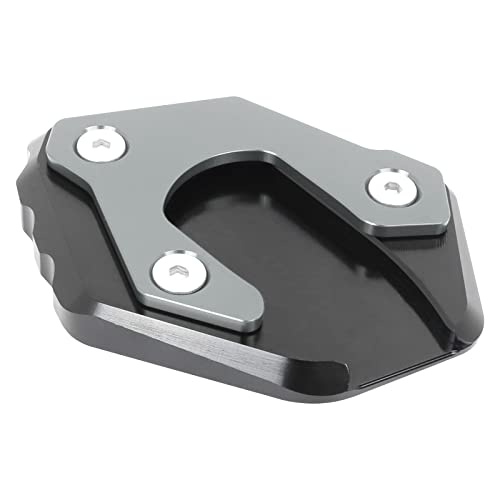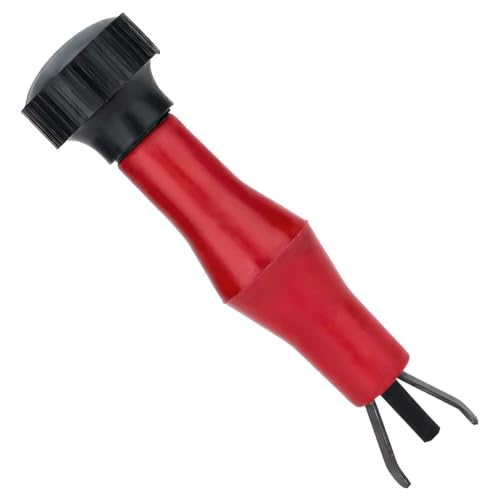Sparky.88
Active member
I've been periodically experiencing a weird starting issue with my '04 FJR. Was hoping someone might have encountered this before and could share their solution.
When I hit the starter switch, the starter responds for a fraction of a second, then stops. All power to the display goes away, clock & tripmeters reset. Hitting the starter again will sometimes produce the same response a couple more times; then it eventually acts totally normal, the starter engages, and the engine fires right up.
Battery checks out fine.
Cruising through the archives, I saw someone mentioned that the starter could be drawing too much current. If so, replacing the starter is the solution, yes?
Years ago I had a similar problem with an old car that ended up being a bad ignition switch wiring harness. Thinking along those lines, any chance my problem could be with the starter switch and/or starter relay rather than the starter? Would either cause the power outage at the display?
Any thoughts / suggestions are much appreciated.
When I hit the starter switch, the starter responds for a fraction of a second, then stops. All power to the display goes away, clock & tripmeters reset. Hitting the starter again will sometimes produce the same response a couple more times; then it eventually acts totally normal, the starter engages, and the engine fires right up.
Battery checks out fine.
Cruising through the archives, I saw someone mentioned that the starter could be drawing too much current. If so, replacing the starter is the solution, yes?
Years ago I had a similar problem with an old car that ended up being a bad ignition switch wiring harness. Thinking along those lines, any chance my problem could be with the starter switch and/or starter relay rather than the starter? Would either cause the power outage at the display?
Any thoughts / suggestions are much appreciated.































































